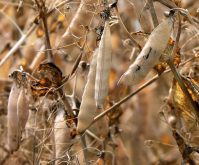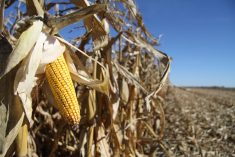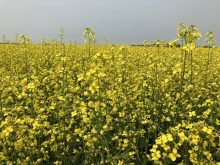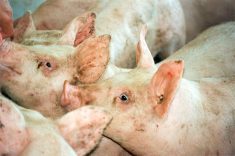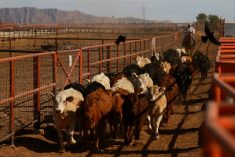Fababean acres may be down this spring, but the prognosis is much better in the two-to-five-year time frame, says a promoter of the crop.
Brad Goudy, owner of Proactive Producers Ltd., the largest provider of zero-tannin fababeans in Western Canada, expects some farmers will be abandoning the crop after disappointing results in 2017.
“Guys who grew fababeans south of the Yellowhead Highway in Saskatchewan last year had a terrible experience,” he said.
Fababeans require plenty of moisture, so the dry conditions in the south last summer caused severe damage. Yields were 30 bushels per acre at best with some farmers reporting as low as three bu. per acre.
Read Also
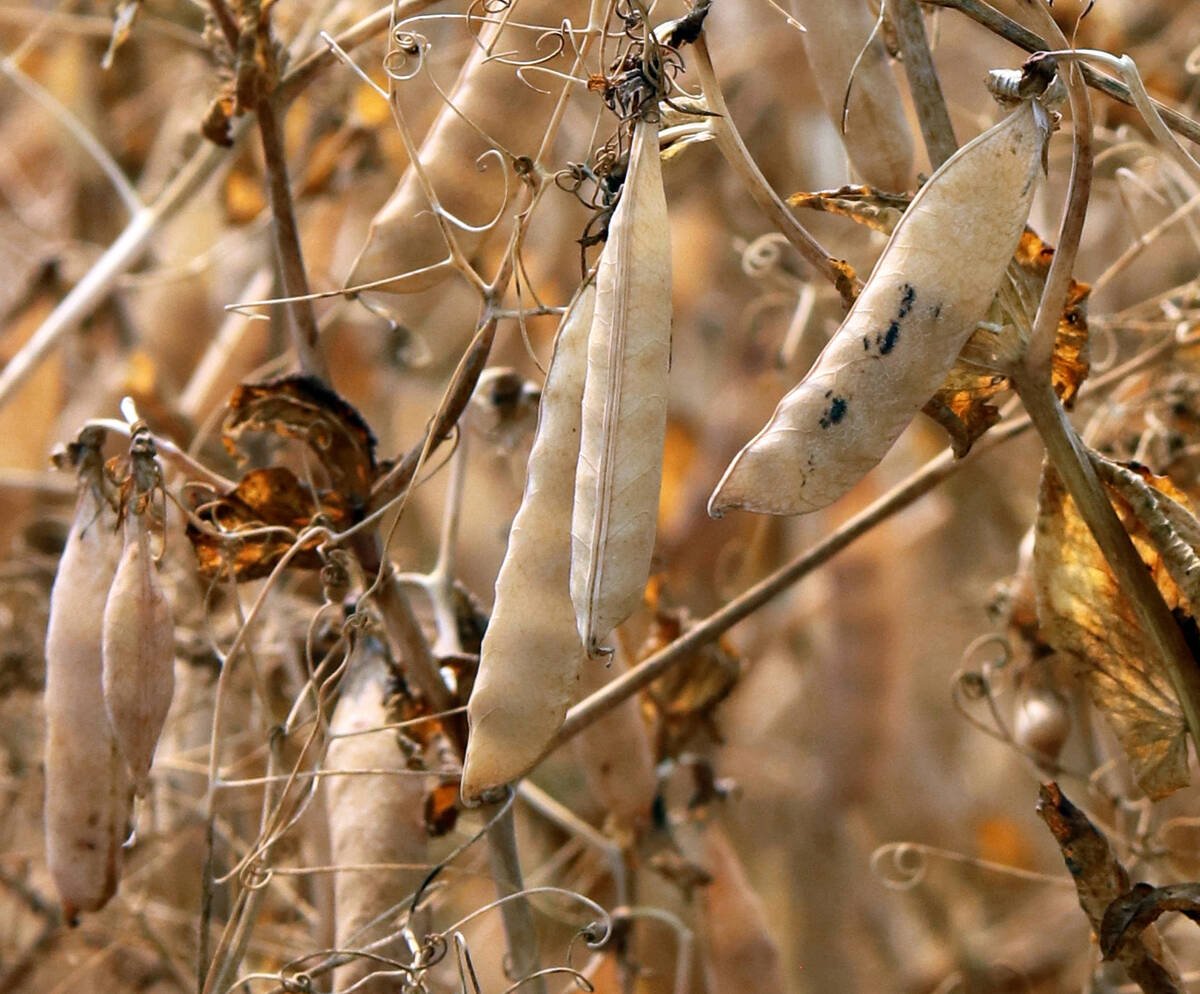
Global pulse consumption to grow
Global per capita pulse consumption is expected to rise 23 per cent by 2034.
By contrast, farmers north of the Yellowhead harvested yields in the 55 to 65 bu. per acre range.
Goudy believes growers in southern Saskatchewan will drastically cut back on the 20,000 to 25,000 acres they planted last year. Growers in the north may expand the 25,000 to 30,000 acres they seeded but not by enough to offset the losses in the south.
Chuck Penner, analyst with LeftField Commodity Research, agreed that acres will likely be flat to down.
He said this year’s export program has left everyone befuddled. Egypt is the only export market, and it has typically wanted big, nice-looking fababeans that are high in tannins.
“This year they’re buying zero tannins all of the sudden, which caught all kinds of people off guard,” said Penner.
“That has kind of muddied the whole market waters. Is this just a one-off? Is it going to continue? What’s it going to do?”
Goudy works with about 100 farmers in the Parkland region, who he estimates grew about two-thirds of Saskatchewan’s 54,400 tonnes of fababeans last year. Alberta produced another 45,400 tonnes, according to Statistics Canada.
He encourages his growers to plant zero-tannin fababeans, which traditionally have been used for hog feed.
However, this year he estimates 20,000 tonnes have already been shipped to Egypt’s human consumption market. Goudy has no idea why that market emerged, but there was a lot of good quality zero-tannin fababeans around to meet the demand.
Growers received about $6.75 to $7.00 per bu. picked up at the farm for the fababeans that went to Egypt.
The domestic feed market started out depressed last fall because a plethora of soybean meal was available. Soybean meal prices started to rise in the winter, but pea prices crashed because of India’s import duties and farmers started dumping peas into the feed market.
Pea prices have since rebounded and now there are decent prices for fababeans in the feed market of about $6.50 to $7.00 per bu.
Goudy said fababeans suffer from the chicken and egg syndrome. Hog barns and feed mills worry about being able to get a consistent supply of the small-acreage crop, while growers struggle to find a consistent market for their product.
That is why he is working with a group of farmers to help bring consistency to both sides of the market.
Goudy believes five years down the road growers will be planting 500,000 to one million acres of fababeans a year. He said it is one of very few cropping options for growers in the north.
“That is what it’s going to take to take some pressure off canola and spread our rotations a little more,” he said.
Penner believes the crop is still very much in the market development phase.
“I sense a lot of pent-up interest from farmers,” he said.
“They’d really like to give them a try from a market perspective, but they’re also nervous about it at the same time.”
Goudy said there will eventually be some value-added opportunities for the crop, and breeders are working on new lines that will be more suited for the human consumption market.






